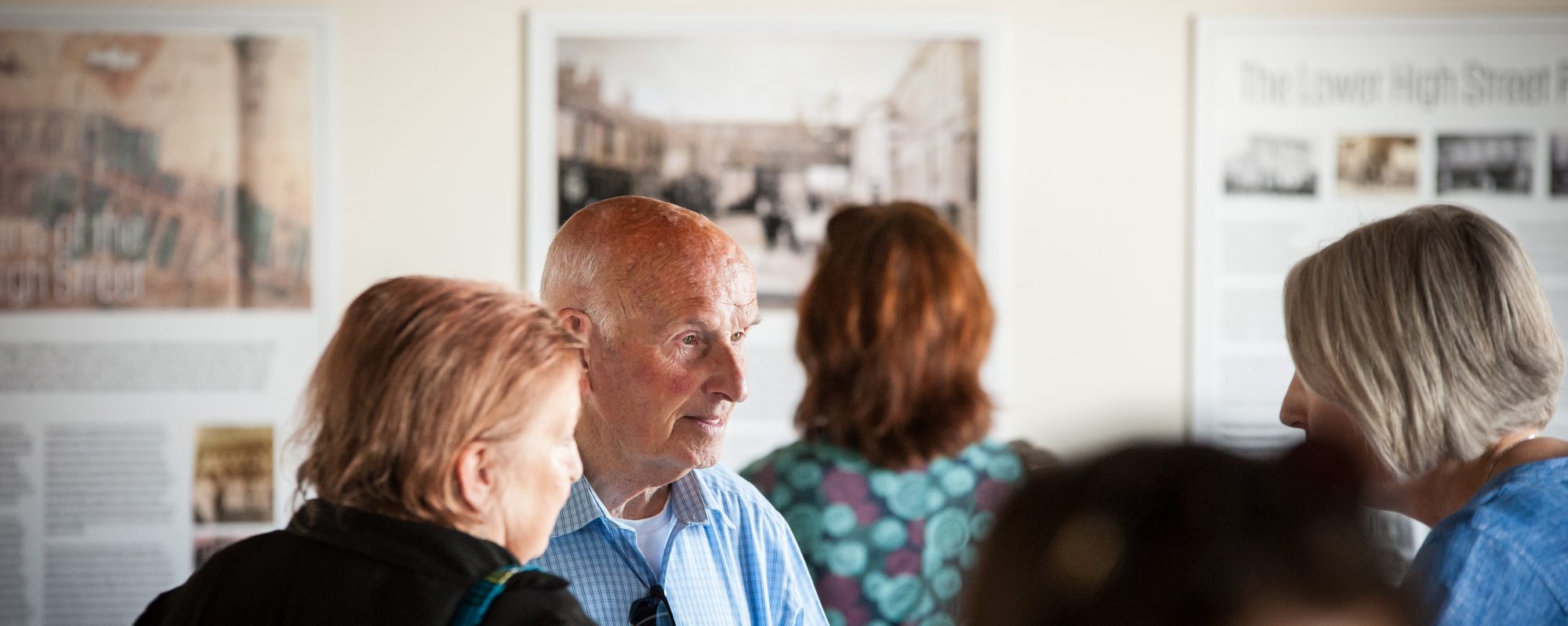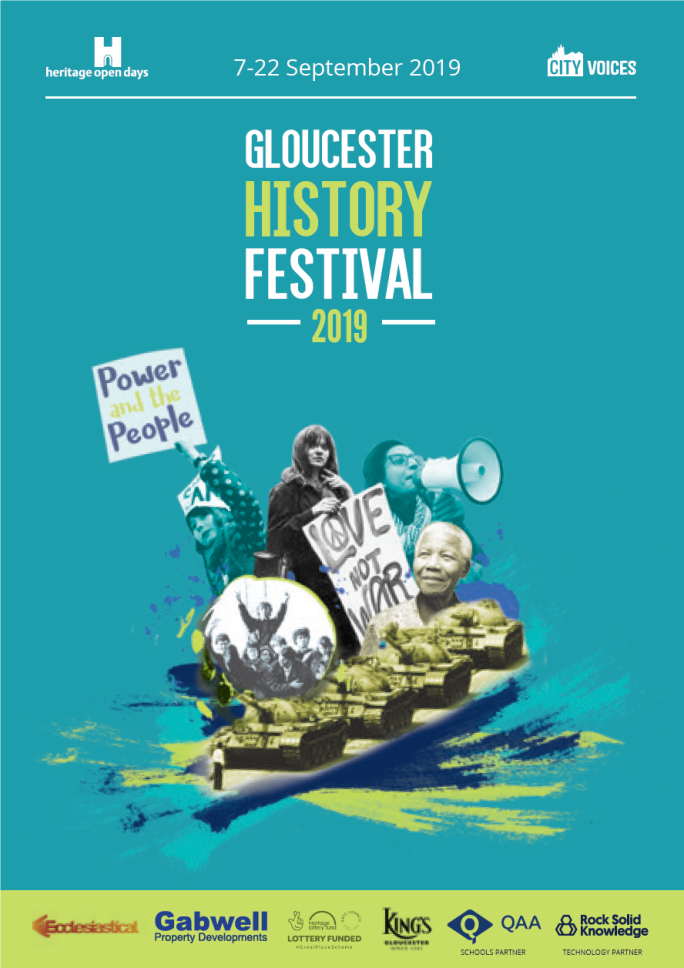This post comes from second year undergraduate student Chris Chamberlain, who is contributing to a project on the Rudge family excavations of the Evesham Abbey grounds from 1811-1834 as part of the HM5002 Engaging Humanities module.
A Brief history of the Abbey:
Evesham Abbey was founded by Saint Egwin of Worcester during the 8th century, and was an integral place of worship and commerce for the Evesham area. This was especially the case after the Norman conquests due to the efforts of Abbott Aethelwig, and lasted until the dissolution of the monasteries in 1540 when the Abbey was demolished. Only the 16th century bell tower remained intact.

After his death at the Battle of Evesham in 1265, Simon de Montfort was interred near what is believed to have been the high altar of the Abbey. His son, Henry de Montfort, was also buried there. The Abbey’s founder, Saint Egwin, was enshrined at the Abbey, alongside the remains of other saints, including Saint Credan, Saint Wigstan and Saint Odulf. These important burials speak volumes as to the importance of Evesham Abbey in medieval Britain.
The Rudge Family Excavations, 1811-1834
Edward Rudge (1763-1846), who was primarily a botanist, owned the grounds on which much of the Abbey once stood. His son, Edward John Rudge (1792-1861), was considered an antiquary, and was eventually made a fellow of the Royal Society in 1847. Edward John Rudge made the first excavation of the Abbey grounds following its destruction and his investigation still stands as the most extensive excavation of the ruins to date. He published his findings from the excavations in volume 5 of the Vetusta Monumenta in 1835.

Edward John Rudge’s memoir in the Vetusta Monumenta provides us with an indication of the scale of the Abbey. He states that it stood at almost 300 feet long and 300 feet tall. In total, it is estimated that the Abbey covered an area of 90,000 square feet.
There is no doubt that the Abbey itself dominated not only the local landscape, but also the daily life of Evesham for over 800 years. It would likely have remained an integral place of Catholic worship if it were not for the dissolution of the monasteries in the 16th century. For artists impressions of what the abbey looked like and for more information on upcoming projects, follow this link: Evesham Abbey | Evesham Abbey Trust




